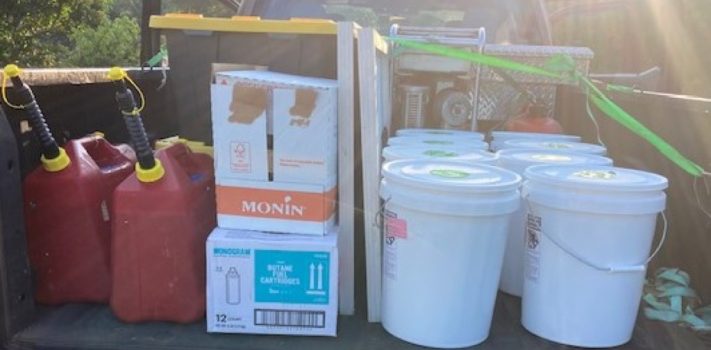Dakota Power Bank and PV Panel – Part 1, by Mike in Alaska
As the saying goes “One is none, two is one, three is two …. and if you are building your preparations with only one back up then you have failed to prepare.” Disclaimer: I purchased the system with my own funds. I am not being paid by the company for this article. We live in the Arctic area of Alaska. Our winters here are long and dark, and they can be brutal. For us it starts in mid-August when the sun begins to set earlier and rise later in the day, and the truth be known, it starts June 21st …










